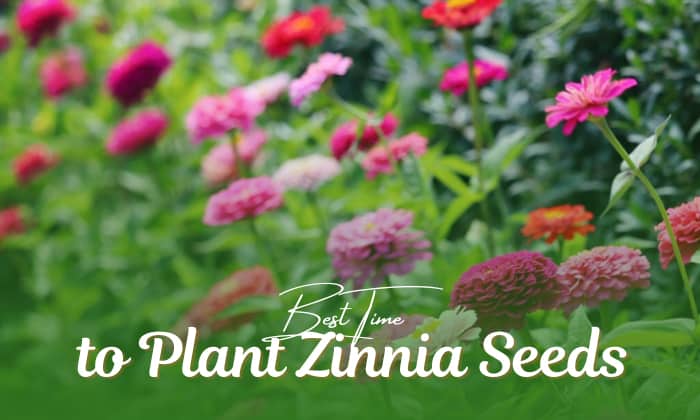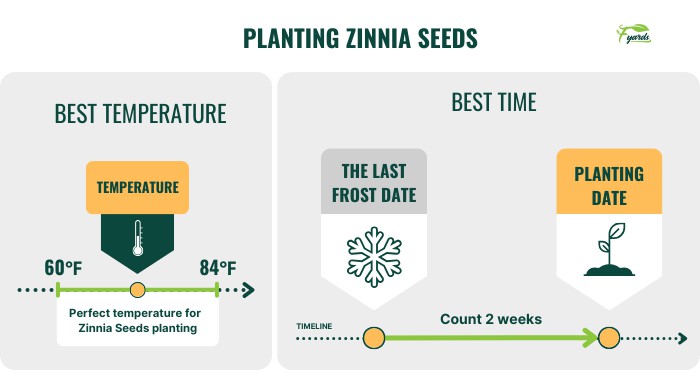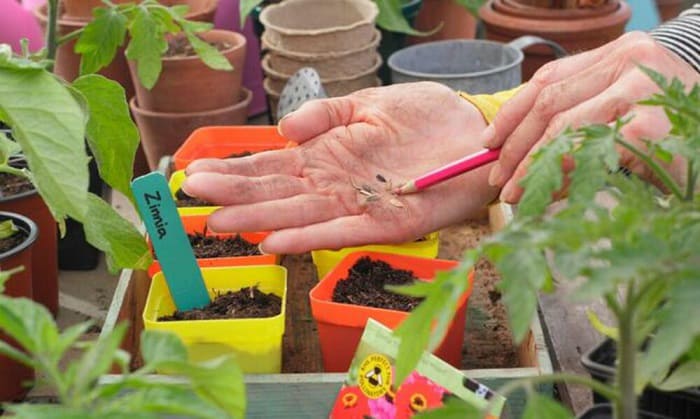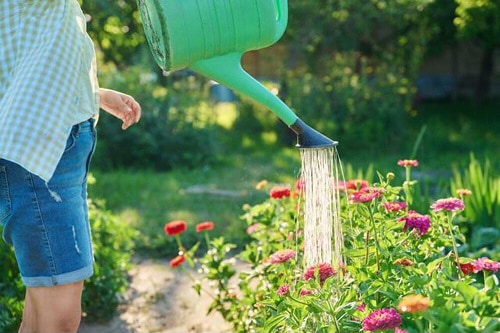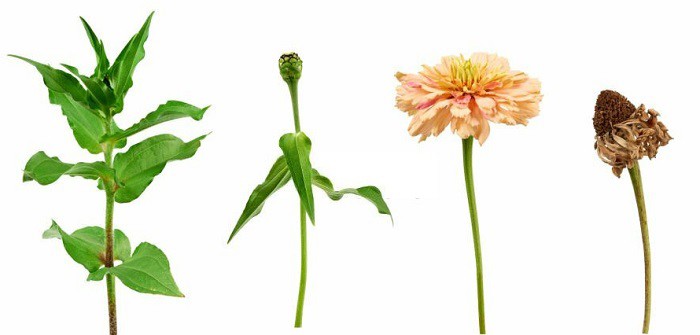Zinnias are great flowers for brightening up backyards or window sills.
Simply grow them around April and May in the spring and up to late June in the summer, and these warm-season annuals will bloom and complement your other flowers like dahlias and marigolds.
If you need a detailed answer to “when do you plant zinnia seeds?” continue reading below. It may be useful to use Mother’s day as a general date for sowing as well, particularly if you live in the northeast.
Table of Contents
Best Time to Plant Zinnia Seeds
Zinnias do not tolerate cold weather and require a temperature of 60 to 84℉ to grow well. If temperatures dip to 32℉ and lower, these plants will wither and die.
- For this reason, it is essential to sow zinnia seeds outdoors around two weeks after the last frost.
- Those who want earlier blooms can plant these flowers indoors four to six weeks before ice and snow disappear.
However, note that zinnias are sensitive to root disturbance, which is why you should use peat pots and harden off the seedlings for one week before moving them outside.
- In this case, the transplanting time will coincide with the direct-sowing schedule, and it’s recommended that you plant zinnias outside on a cloudy day so that they have time to adapt before being exposed to full sun.
- By following our tips above, the zinnias will bloom after approximately two months, and you’ll have flowers from July to October (provided seeds are sown in succession every three weeks from April to late June).
Once the first frost hits in the fall, zinnias will die, at which point you can collect their seeds for planting next year.
Now that you know the rules for starting zinnia seeds, here are the months for growing them in different hardiness zones.
| Hardiness region | Average final frost | Plant in pots indoors | Direct-sow/Transplant outdoors |
| Zone 3 | April 30 | March 19 | May 14 |
| Zone 4 | April 25 | March 14 | May 9 |
| Zone 5 | April 7 | February 25 | April 21 |
| Zone 6 | April 1 | February 19 | April 15 |
| Zone 7 | March 23 | February 10 | April 6 |
| Zone 8 | March 15 | February 2 | March 29 |
| Zone 9 | February 4 | December 24 | February 18 |
| Zone 10 | January 30 | December 19 | February 13 |
Tips for Growing Zinnias Successfully
1. Prepare the planting location
Zinnias prefer well-drained soil, full sunlight, and a pH of 5.5 to 7.5. If planting in containers, make sure they’re 1.5 inches in size and biodegradable, or use cell packs with a potting mix and position the flowers next to a window where sunlight can filter through.
2. Be mindful of the seeding depth and spacing
To grow zinnias from seed, sow them in containers at a depth of ¼ inch. This same depth will work for direct-sowing outdoors, though if you’re transplanting seedlings, remember to dig a hole as wide as the root ball.
Zinnias should be 9 to 12 inches apart, with bigger varieties requiring more clearance.
You can sow seeds three inches from each other at first and thin them down later when true leaves appear. The same tip applies to gardening in containers, but in this case, put two seeds in one pot and keep the seedling with the greenest, most robust stem.
3. Caring for zinnias
- Keep plant rows ten to twelve inches apart to promote air circulation.
- Give zinnias an inch of water per week, and feed them with a 5-5-5 fertilizer when flowering begins.
- Apply compost before planting to prevent fungal disease. Use water sprays to remove aphids and milky spore powder to kill Japanese beetles.
What Are the Growing Stages of Zinnias?
Zinnia growth stages include:
- Germination
- Seedling and root establishment
- Vegetative growth
- Bud development
- Flowering plus pollination
- Post-flowering or seed production
Depending on the weather and soil conditions, the whole process will take around two months.
Conclusion
Now, you can confidently answer when asked “When do you plant zinnia seeds?”
Zinnias are available in seven main colors and range from one to three feet in height, making them adaptable to both garden borders and small spaces like vases and containers.
What’s more, these flowers attract bees and butterflies, so they’ll be beneficial if you grow fruits and vegetables at home, such as Garlic, Onions, Broad Beans, apple,…

Hi, I am William – Floridayards’ digital content creator. My job is to find answers to all your concerns with thorough research and our team’s expert advice. I will also bring you honest reviews on the best products and equipment for raising your beautiful garden. Please look forward to our work!


